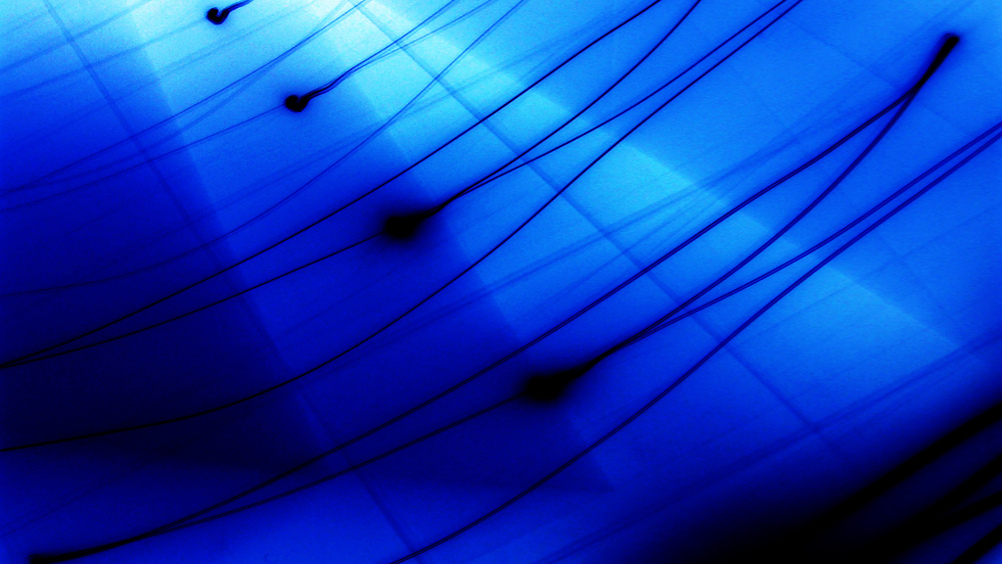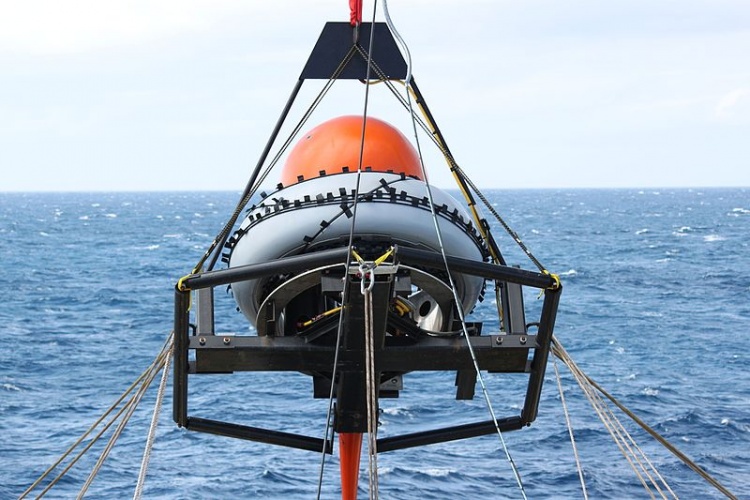Underwater sound could help pinpoint ocean impacts
A new study from Cardiff University shows how underwater sound waves can be used to locate where objects impact the ocean surface.


A hydrophone node is lowered into the water (Credit: CBTO via CC)
The method involves underwater microphones known as hydrophones. These can accurately measure acoustic gravity waves (AGWs) - naturally occurring sound waves that move through the deep ocean at the speed of sound. AGWs can measure tens of kilometres and travel vast distances, and are also generated when large objects hit the ocean surface, caused by the sudden change in pressure. As well as potentially tracking the entry points of meteorites and falling satellites, the technique could be used to locate stricken aircraft such as the Malaysian Airlines Flight MH370.
The Cardiff team first tested the method in the lab, dropping spheres into a water tank from various heights and measuring the results with a hydrophone. It later used existing hydrophone data from off the coast of Western Australia to accurately calculate the time and location of recent earthquakes that had occurred in the Indian Ocean. The research appears in the journal Scientific Reports.
Register now to continue reading
Thanks for visiting The Engineer. You’ve now reached your monthly limit of news stories. Register for free to unlock unlimited access to all of our news coverage, as well as premium content including opinion, in-depth features and special reports.
Benefits of registering
-
In-depth insights and coverage of key emerging trends
-
Unrestricted access to special reports throughout the year
-
Daily technology news delivered straight to your inbox










Water Sector Talent Exodus Could Cripple The Sector
Maybe if things are essential for the running of a country and we want to pay a fair price we should be running these utilities on a not for profit...